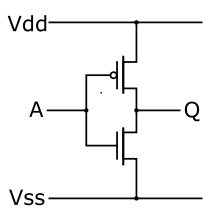Other Parts Discussed in Thread: SN74LV4T125
Hi Team ,
One of my customers intend to use SN74HC595 for driving 7 segment displays. Following are the queries regarding the same:
-
Continuous output current is +/-35mA, does it mean that output pin can source as well as sink? Which is preferred one to drive 7 segment display?
-
What is the High-level input voltage (min) for Vcc 5V?
-
I believe, if I drive input pins (SER, RCLK, SRCLK, SRCLR..) with 3.3V from micro then output pins (Qa to Qh) voltage will be Vcc i.e., 5V.
Regards,
Harmeet



